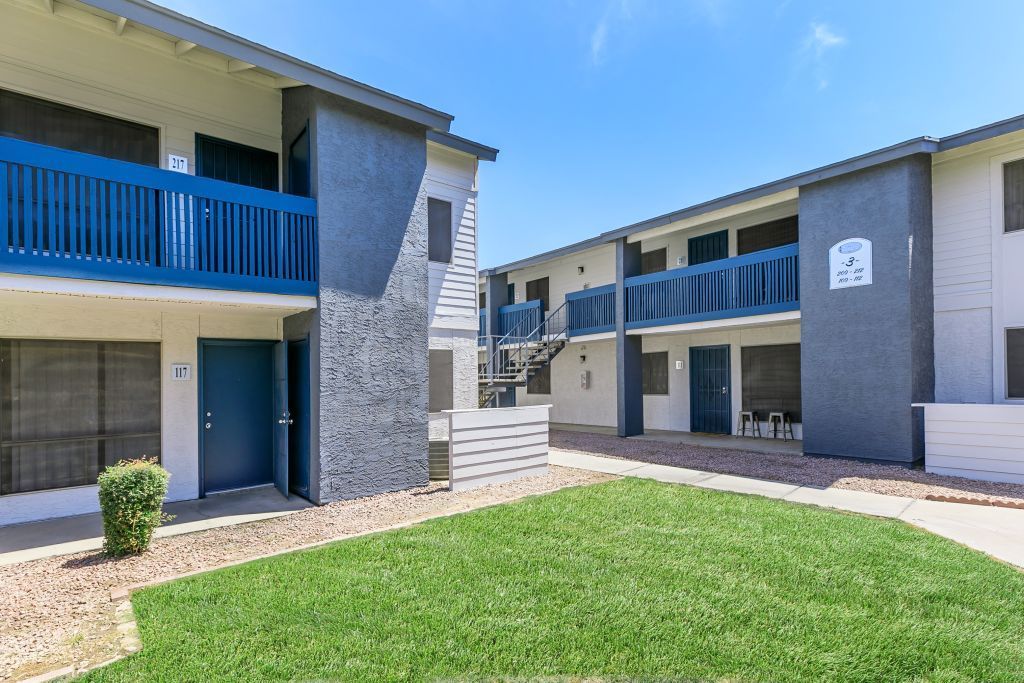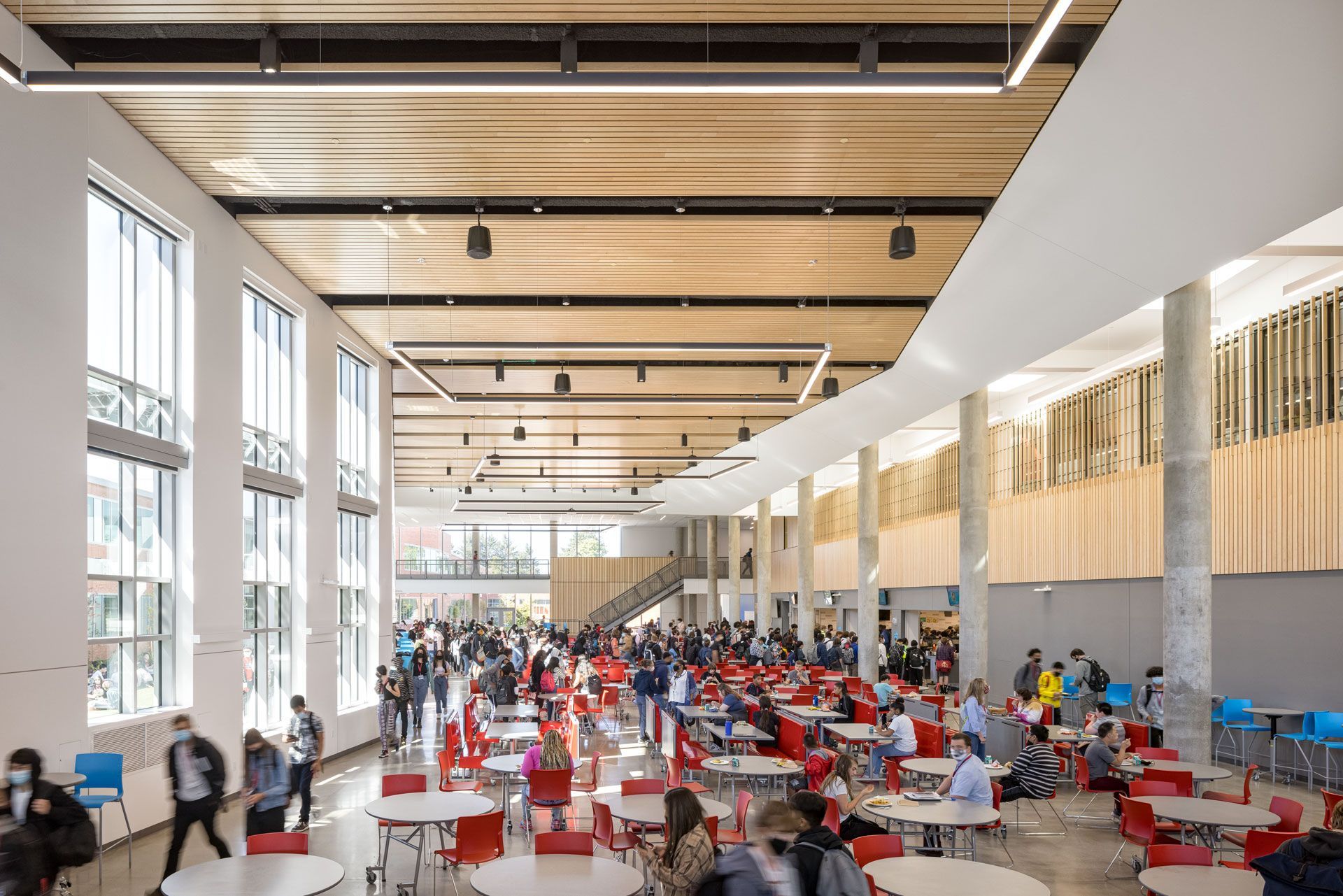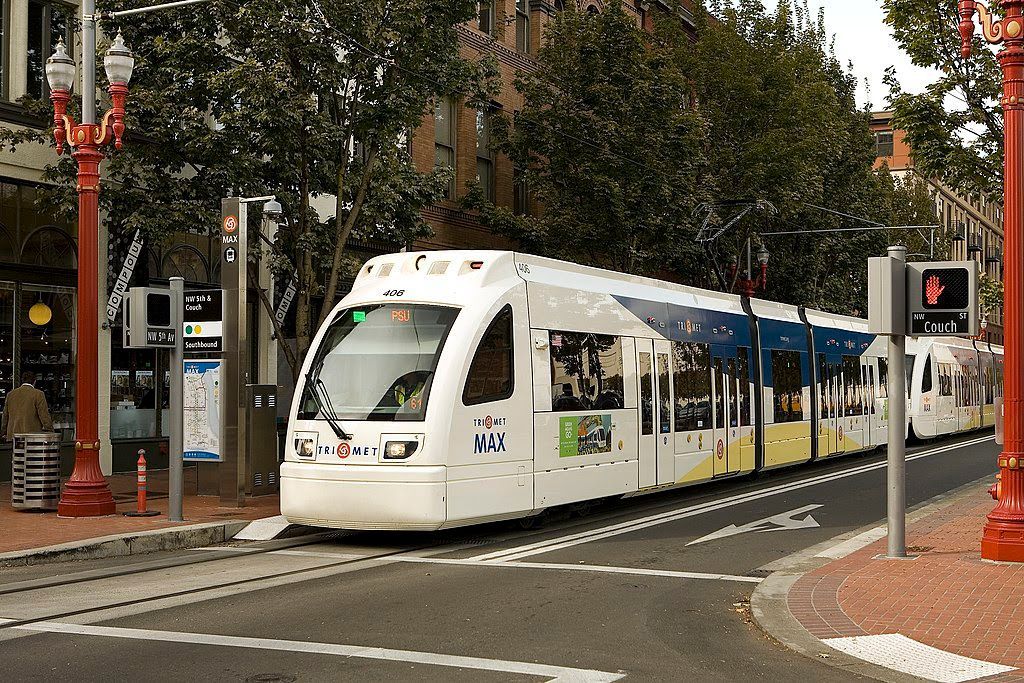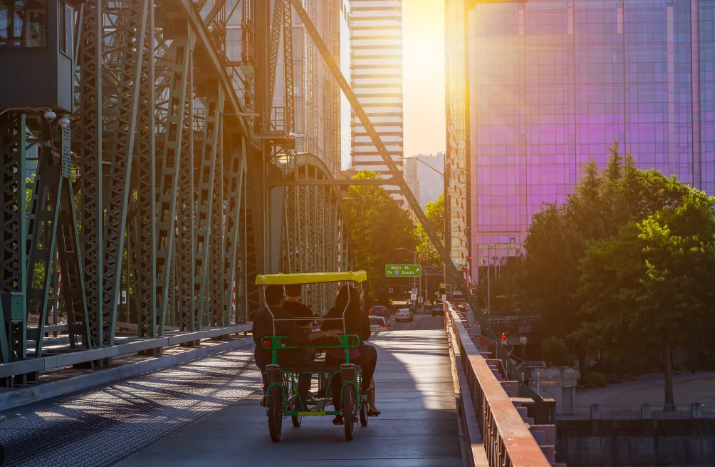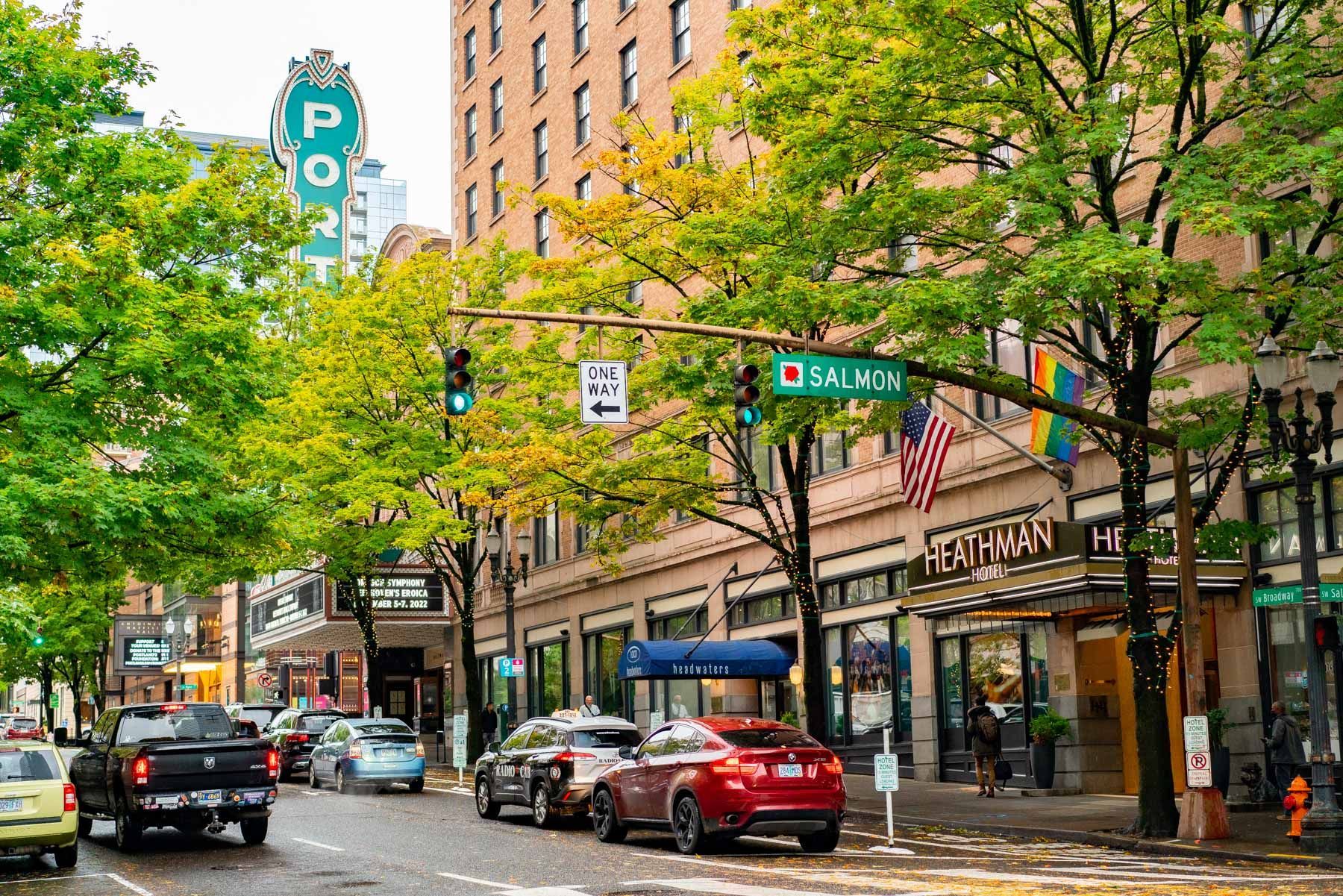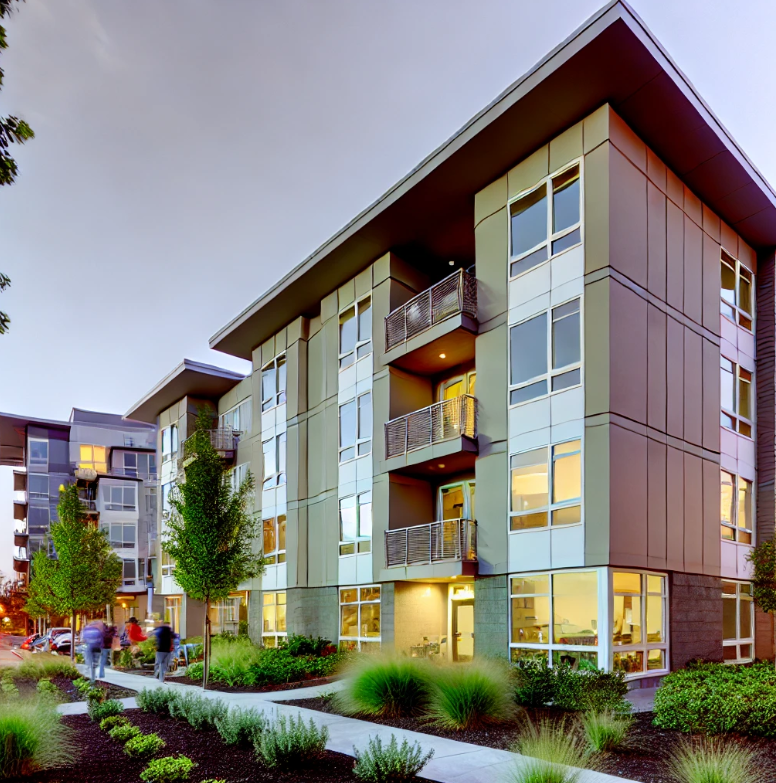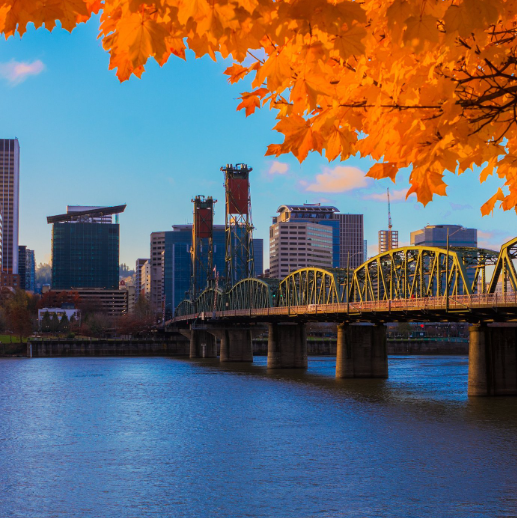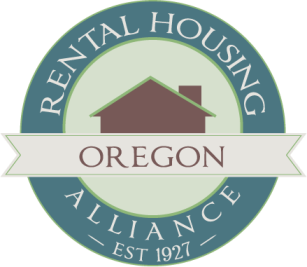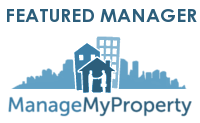Portland's Diverse Sides: What Each Part of the City is Known For & Its Rich History
Exploring Portland’s Neighborhoods: Unique Charm, History & Local Highlights
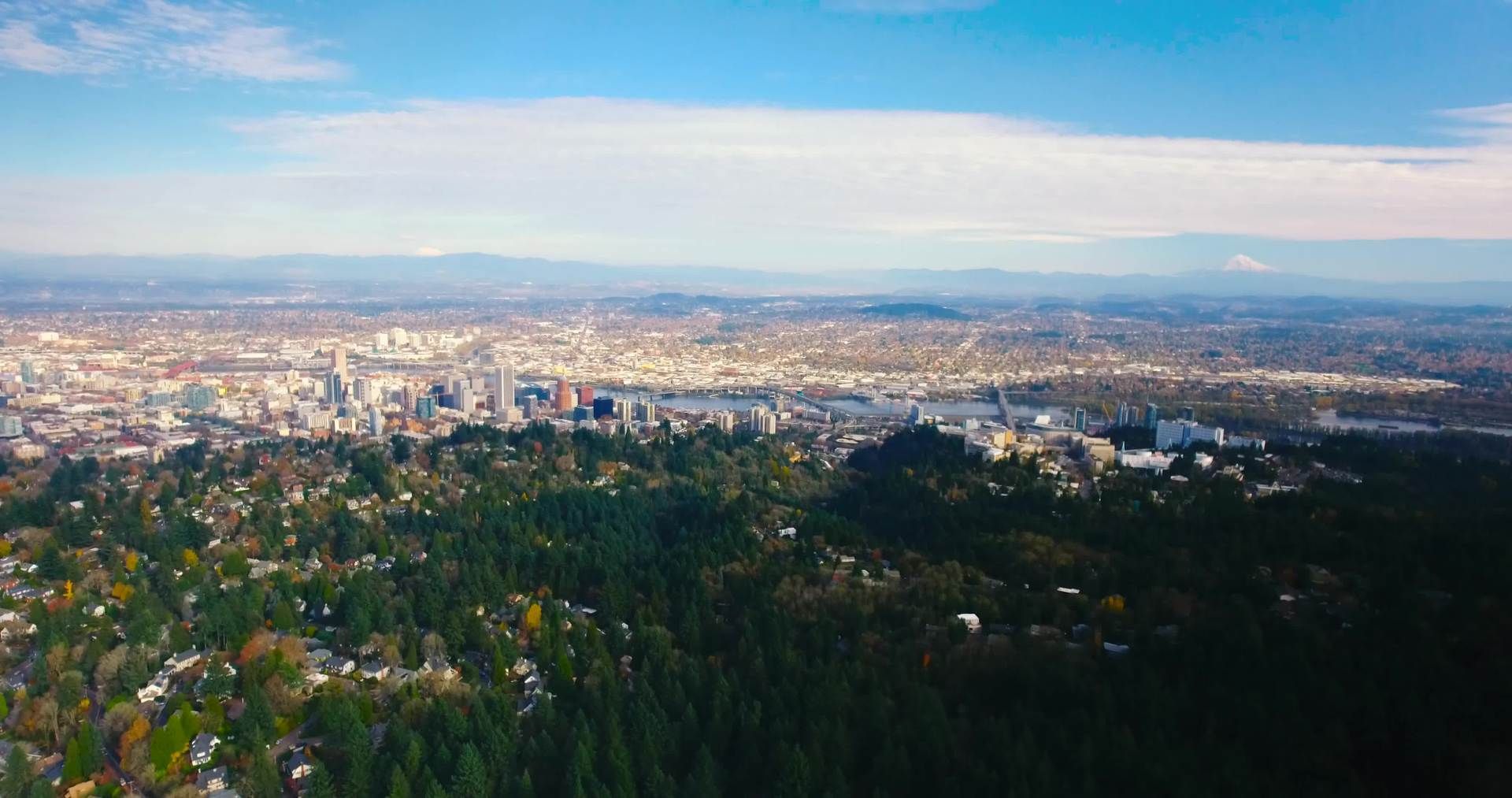
Portland, Oregon, is a city defined by its vibrant neighborhoods and distinct regional flavors. Whether you’re drawn to creative enclaves, historic districts, or affordable suburban havens, every side of Portland tells a unique story. Over the years, the city’s layout has been shaped by its natural geography—most notably the Willamette River—as well as waves of migration, economic shifts, and progressive urban planning. In this guide, we explore what each side of Portland is known for and take a brief look at its history, helping you understand the many dimensions of the City of Roses.
North Portland: A Blend of Grit, Art, and Community Spirit
What It’s Known For
North Portland is often celebrated for its artistic flair and strong sense of community. The area is home to a mix of eclectic neighborhoods like St. Johns, Kenton, and Irvington that are famous for vibrant street art, local music scenes, and diverse dining options. From quirky coffee shops to intimate galleries, North Portland exudes a bohemian vibe that attracts artists, musicians, and those seeking an authentic urban experience.
A Glimpse Into History
Historically, North Portland developed as a working-class area, shaped by waves of immigrants and industrial growth during the early 20th century. Many of its neighborhoods began as small, self-contained communities centered around local industries such as shipyards and manufacturing plants along the river. Over time, economic shifts and urban renewal efforts spurred gentrification and revitalization, yet North Portland has managed to retain its unique character and community-driven ethos.
Today’s Vibe
Today, North Portland is a dynamic mix of old and new. Residents enjoy the creative spirit reflected in community murals and local festivals, while long-time businesses continue to serve as community anchors. Whether you’re exploring the historic homes of Irvington or the edgy art scene in Kenton, North Portland offers a welcoming, down-to-earth environment for those who appreciate authenticity.
East Portland: Diversity, Affordability, and Industrial Roots
What It’s Known For
East Portland stands out as the most diverse and affordable part of the city. Known for its expansive residential areas and rich cultural tapestry, East Portland offers a more laid-back, suburban feel compared to its urban counterparts. Neighborhoods such as Montavilla, Lents, and the Belmont-Hillside area are cherished for their tight-knit communities, local eateries, and accessible housing options.
A Glimpse Into History
The history of East Portland is deeply intertwined with the city’s industrial era. Historically, this side of town was home to factories, warehouses, and working-class families. As Portland expanded in the mid-20th century, East Portland evolved with its population—comprising diverse ethnic groups contributing to the neighborhood’s cultural mosaic. While parts of the area experienced decline in the late 20th century, recent revitalization efforts have injected new life and optimism into these communities.
Today’s Vibe
East Portland is known for its welcoming atmosphere and affordability. Many residents are drawn by the value and sense of community, where local markets, parks, and community centers foster connections among neighbors. With a growing emphasis on sustainability and local enterprise, East Portland is reinventing itself while staying true to its roots, making it an attractive option for young families and individuals seeking a relaxed yet vibrant lifestyle.
South Portland: Urban Energy and Cultural Richness
What It’s Known For
South Portland encompasses both the bustling downtown core and the more residential neighborhoods just south of the river. This side of town is known for its dynamic urban energy, where the convergence of cultural institutions, thriving business districts, and historical landmarks creates a lively, engaging environment. Areas like South Waterfront and the historic districts near Pioneer Courthouse Square exemplify the energetic pulse of South Portland.
A Glimpse Into History
South Portland has long been the center of commerce and governance. Historically, the downtown area developed as a transportation hub with railroads, riverboats, and later automobiles playing crucial roles in its growth. As the city modernized, South Portland became synonymous with progressive urban planning, where initiatives to revitalize downtown spaces transformed former industrial sites into vibrant commercial and cultural centers. The legacy of the past still echoes in the historic architecture and storied institutions that dot the area.
Today’s Vibe
Today, South Portland is the heartbeat of the city. It offers residents and visitors an eclectic mix of museums, theaters, parks, and an ever-evolving food scene. The area is perfect for those who thrive on activity—whether it’s catching a show at the Oregon Museum of Science and Industry, enjoying a meal in one of its diverse restaurants, or simply soaking in the urban ambiance. South Portland perfectly balances the dynamism of city life with opportunities for community connection and cultural enrichment.
West Portland: Upscale Living, Heritage, and Natural Beauty
What It’s Known For
West Portland is synonymous with upscale living, well-established neighborhoods, and a refined sense of style. This side of the city boasts some of Portland’s most prestigious residential areas, such as the Northwest District (often known as Nob Hill) and areas around the Pearl District. West Portland is characterized by its mature trees, stately homes, and a blend of high-end boutiques, gourmet restaurants, and cultural institutions.
A Glimpse Into History
The history of West Portland is rich with stories of early settlers, Victorian architecture, and the evolution of a city that values both progress and preservation. Many of the neighborhoods here were established in the late 19th and early 20th centuries, flourishing as affluent residential areas. Historic mansions, preserved landmarks, and heritage buildings provide a window into Portland’s past, reflecting a time when the city was rapidly growing and establishing its identity as a cultural hub in the Pacific Northwest.
Today’s Vibe
Modern West Portland is a refined mix of historic charm and contemporary sophistication. Residents enjoy the convenience of urban amenities combined with the tranquility of tree-lined streets and well-maintained parks. The area remains a magnet for professionals, families, and retirees who appreciate a high quality of life, excellent schools, and a strong sense of community. Whether you’re exploring the shops and eateries along NW 23rd Avenue or enjoying a quiet afternoon in one of its many parks, West Portland offers a timeless, elegant living experience.
Downtown: The Heartbeat of Portland
What It’s Known For
Although not defined by a cardinal direction, downtown Portland is the central pulse that ties the city together. It’s known for its vibrant cultural scene, bustling business environment, and a mix of modern and historic architecture. Downtown is where art, commerce, and community converge, making it a dynamic space for both work and play.
A Glimpse Into History
Downtown Portland grew up around the convergence of waterways and transportation routes, establishing itself as the commercial and cultural nucleus of the city. Historic buildings, like the Portland Building and Pioneer Courthouse Square, serve as reminders of a bygone era when the city’s growth was driven by railroads and river commerce. Over time, downtown has reinvented itself through urban renewal and progressive planning, transforming into a hub that supports both cutting-edge businesses and community events.
Today’s Vibe
Today, downtown is a lively, walkable urban center that is as diverse as it is innovative. With an abundance of restaurants, theaters, museums, and public spaces, downtown Portland is a destination for cultural enthusiasts, young professionals, and families alike. Its accessibility via public transit and pedestrian-friendly design make it easy to navigate, ensuring that the city’s pulse is felt by everyone who calls Portland home.
Conclusion: A City of Many Faces
Portland’s diversity is one of its greatest strengths. Each side of town carries its own distinctive flavor and historical legacy, from the gritty, artistic neighborhoods of North Portland to the affordable, community-focused areas of East Portland, the urban dynamism of South Portland, and the upscale, heritage-rich living found in West Portland. Downtown, meanwhile, acts as the central engine, harmonizing these diverse elements into a cohesive and vibrant urban experience.
Understanding the unique character and history of each part of Portland not only enriches your appreciation of the city but also helps you decide which area aligns best with your lifestyle and aspirations. Whether you’re seeking the creative energy of a bohemian enclave, the historical charm of an upscale district, or the welcoming vibe of a close-knit community, Portland offers a little bit of everything for everyone.
Ready to Make Portland Your Home?
If you’re excited to embrace the diverse lifestyle of Portland and want to explore rental opportunities in these unique neighborhoods, Legacy Property Management is here to help. Our team is dedicated to guiding you through the rental process with ease and expertise.
Discover your perfect Portland home with Legacy Property Management, and start enjoying everything this amazing city has to offer!
Legacy Property Management
Locations
Resources




